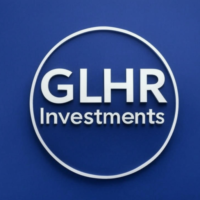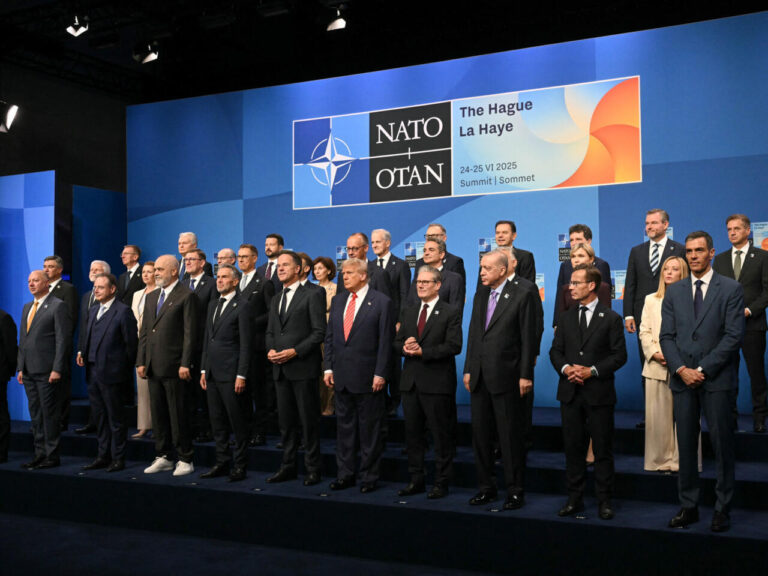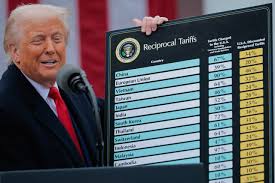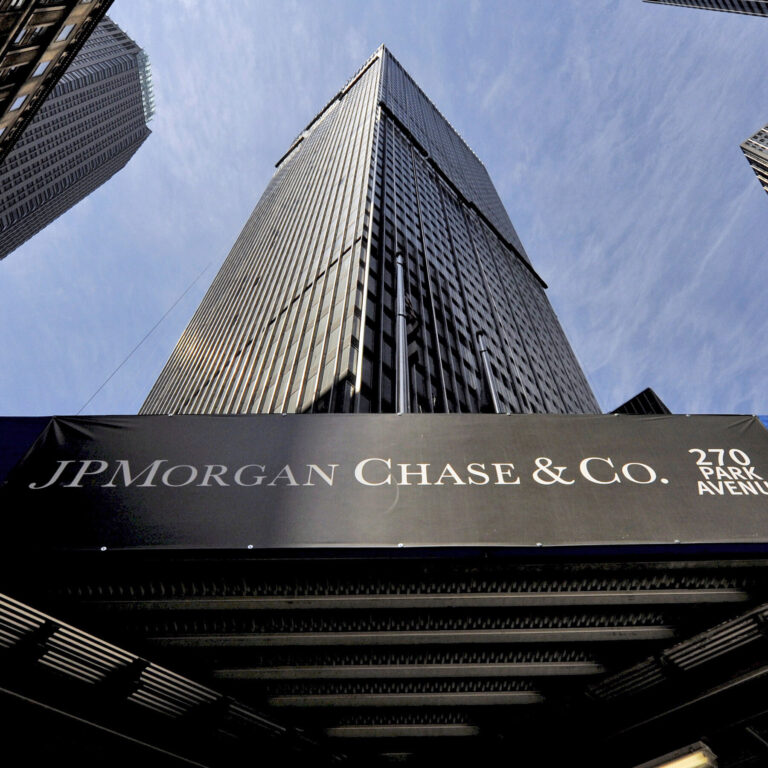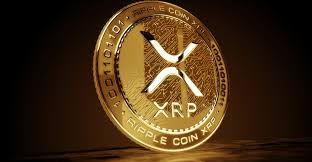
Young businesswoman on road drawing strategy plan on screen
Hey there, GLHR Investing squad! If you’re new to the stock market—like me a few years back—you’ve probably wondered: why do some stocks zoom up like a rocket while others crash like a bad video game? Today, April 4, 2025, we’re seeing crazy moves (S&P 500 just dropped 4.85%!), so it’s the perfect time to explain this in a way that clicks. Stocks aren’t magic—they’re tied to real stuff happening with companies and the world. Here’s a simple guide in bullet points, hitting the big things to watch so you can figure out what’s up with your investments!
- How Much Money the Company Makes (Earnings)
- What It Means: When a company sells stuff—like games, clothes, or cars—and makes more cash than it spends, that’s profit. If profits grow, investors get excited and buy the stock, pushing the price up. If profits shrink or the company loses money, people sell, and the price drops.
- Easy Example: Think of GameStop (GME). If it sells tons of PS5s and makes big bucks, its stock might climb. But if sales tank—like they did lately with only $3.82 billion in 2024 (Yahoo Finance)—the stock falls, like today’s 3-5% dip (Investopedia).
- What to Look For: Check “earnings reports” every three months—did they beat what people expected? That’s a green flag for “up!”
- What People Think About the Company (Investor Feelings)
- What It Means: Stocks move on vibes too! If everyone’s hyped—like with Tesla (TSLA) when Elon Musk tweets—people buy, and the price jumps. If they’re scared or mad—like with Trump’s tariffs hitting retail (CNN, April 3)—they sell, and it crashes.
- Easy Example: GME soared 7% on March 25 when it announced Bitcoin plans (TipRanks), but today’s tariff panic sent it down 3-5% (projected). Hype can lift, fear can sink!
- What to Look For: Watch news, social media buzz (like X), and big announcements—good vibes mean “up,” bad vibes mean “down.”
- Big World Events (Economy Stuff)
- What It Means: Things outside the company—like Trump’s 25% tariffs (Reuters, April 2) or today’s jobs report (80,000 jobs, EY)—mess with stocks. A strong economy (more jobs, spending) lifts prices; a weak one (tariffs, inflation) drags them down.
- Easy Example: Today’s S&P 500 drop of 4.85% (Reuters) is tied to tariffs making stuff pricier—companies like Nike (NKE) fell 13% (CNN, April 3) because shoppers might cut back.
- What to Look For: Keep an eye on jobs numbers, inflation (like 2.8% PCE, Yahoo Finance), and big rules—good news pushes “up,” bad news pulls “down.”
- How Much the Stock Costs Compared to Profits (Value Check)
- What It Means: Investors look at the “price-to-earnings” (P/E) number—how much you pay for each dollar of profit. Low P/E means it’s cheap (might go up); high P/E means it’s pricey (might drop if over-hyped).
- Easy Example: Ford (F) has a P/E of 6 (Yahoo Finance)—super cheap, so it’s holding at $10 despite tariffs. GME’s P/E is 65 (Yahoo Finance)—crazy high, so it’s volatile, dropping today.
- What to Look For: Compare P/E to similar companies—low means “buy,” high means “watch out!”
- How Many People Want It (Supply and Demand)
- What It Means: Basic rule: if tons of people want to buy a stock and not many are selling, the price shoots up. If everyone’s selling and no one’s buying, it tanks—like a hot new game selling out fast!
- Easy Example: GME’s meme craze in 2021 sent it to $483 (Yahoo Finance) because everyone bought. Today, tariff fear’s dumping it—down 3-5% (projected)—less demand, more sellers.
- What to Look For: Check trading volume (how many shares move)—big buying spikes mean “up,” big selling means “down.”
- What the Company Does Next (Future Plans)
- What It Means: If a company’s got cool stuff coming—like new products or tricks—it can go up. Bad plans or flops make it drop. Investors love a good story!
- Easy Example: GME’s Bitcoin move (Reuters, March 26) hyped it up, but weak retail sales ($3.82 billion, Yahoo Finance) and tariffs kill the vibe—down today. Tesla’s robotaxis (Reuters, April 2) could lift TSLA later.
- What to Look For: Watch for big updates—new games, tech, or ideas mean “up,” flops or delays mean “down.”
- How Safe It Feels (Risk Level)
- What It Means: When the world’s shaky—like now with tariffs and wars (Reuters, April 4)—people ditch risky stocks for safe stuff like gold ($3,160, Bloomberg). Less risk can keep a stock steady; high risk can crash it.
- Easy Example: GME’s risky—down 3-5% today (projected)—while boring stuff like utilities (XLU) holds up (Investopedia). X says “fear’s winning” (@Investingcom).
- What to Look For: Look at “beta” (1 = market risk)—below 1 means “safer,” above 1 means “wild ride.”
GLHR Takeaway
Stocks go up when companies make money, people love ‘em, the world’s chill, they’re cheap, everyone wants in, plans rock, and it feels safe—down when the opposite hits. Today’s mess—S&P off 4.85% (Reuters)—shows tariffs and jobs spooking folks. Learn these basics, and you’ll spot winners! Full guide at glhrinvesting.com!
